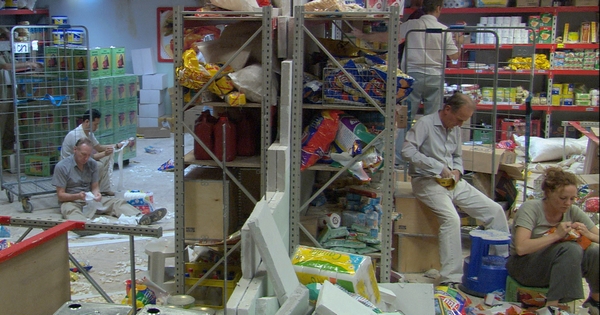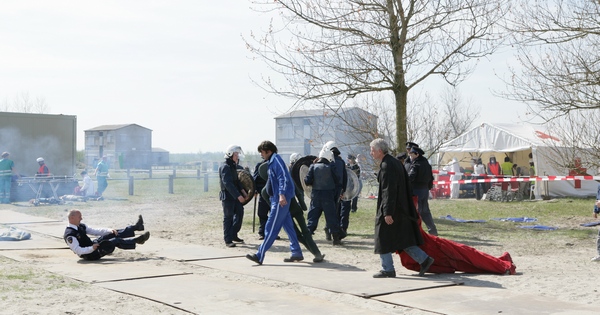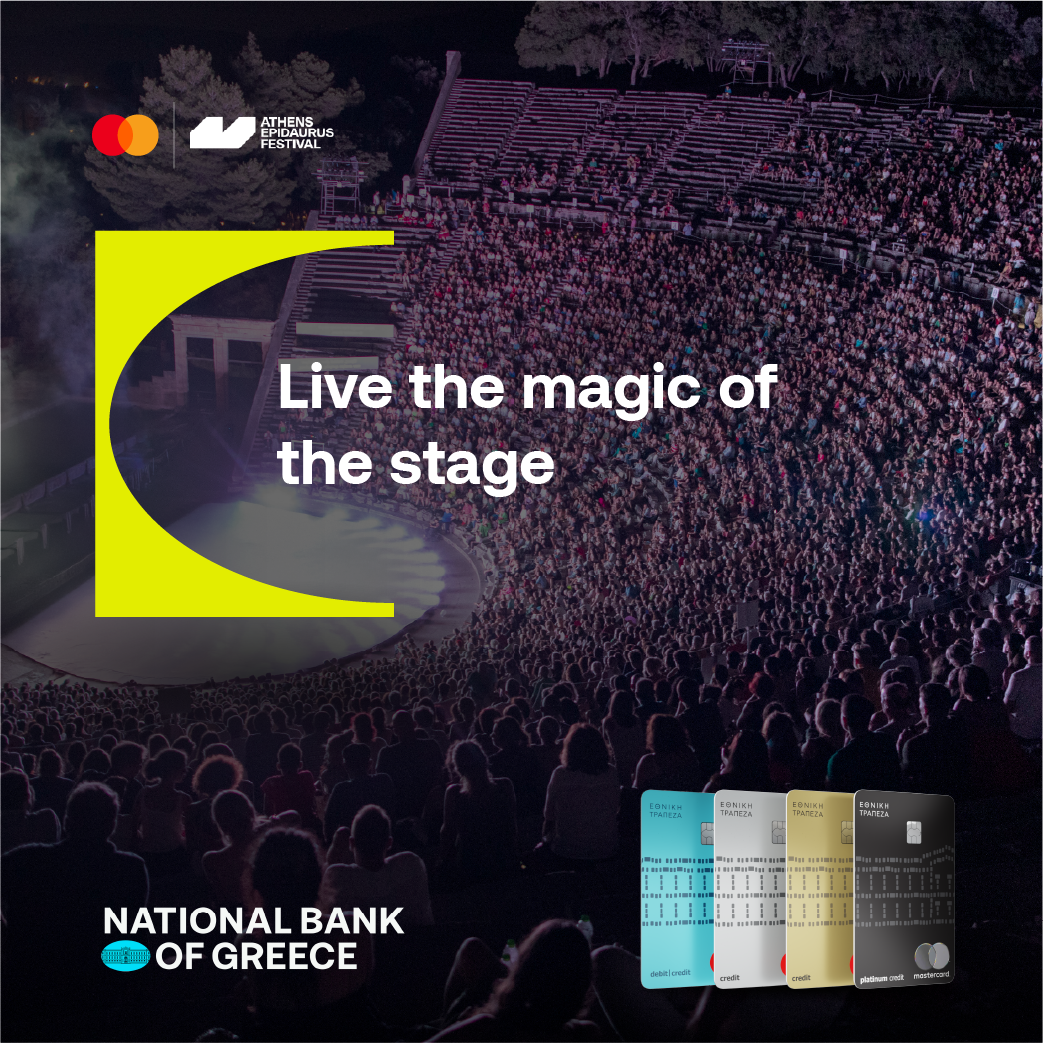The best way to describe
Mik's contribution to the layout and the coordination of the groups which make up his installations and videos, is to liken it to the work of a director. He hires actors, puts them in shifts, pays them by the hour and gives them a list of instructions. In short he conceals himself behind the overall tendency of the spectacle, which is frequently linked to the directorial perspective of a performance.
Mik coordinates individuals as if they were labourers or traders, he organises them as if he was a foreman on a construction sight. Even better, he artistically sets up a performance of deconstruction.
Pulverous (2003), explores the extremes of a languid and dexterous destruction. Here the terminators upturn shelves and tare apart packets of dried products emptying the contents of the floor. It all looks like a stock taking which has literally slid out of control. Following the motion of the camera, we observe people sitting with their legs spread out, like children on the sand, destroying meticulously packed foodstuff. It is a sort of game with no pleasure. Ignoring moral judgements about waste, and focusing on the abuse of food, the contributors of this spectacle of deconstruction get absorbed in the release of energy as a end in itself. In these three scripts, they acquire a split purpose of existence: they 'hang out' and they tare – they destroy simply to destroy.
(Jennifer Fisher and Jim Drobnick in 'Ambient Communities and Association Complexes: Aernout Mik's Awry Socialisties', Catalogue Haus der Kunst, Munich, 2004)
The
Mock-Up installation, based on the projection of four video channels, is a work of fantasy which was shot in an uninhabited Dutch 'village', Marnchuizen, was of the largest military training grounds in Europe. In a 'detention centre', which was purpose built for the project within the building complex, an fire evacuation drill is performed.
Apart from the inmates and the guards, the fire brigade, the police and various medical groups are also present. A lot of youths who participated in the 'drill' feature in the film. Through the interaction of adults and youths, the actors begin to question the unwritten rules and conventions which underscore events. They influence the outcome of events with their extreme behaviour and irrational actions, causing a super-saturation of the work with pointless actions and liberating improvisations, as if it was a dance in which there is confidence, if not certainty, that the 'other', the divergent, can become reality.
The work studies in a unique manner the condition of fear which dominates today world and which has its origins in both real and imaginary threats. In this way Aernout tries to attract our attention and to convey the message that this condition is wilfully exploited in political rhetoric, which in the name of security, propagates the very fear it claims to be fighting against.
A Toneelgroep Amsterdam and Stedelijk Museum
(Amsterdam) co-production
The works belong to the collection of contemporary art of Dimitris Daskalopoulos. They have been installed and function at the Peiraios 260 venue as part of the Athens Festival 2011, thanks to his generous contribution.









